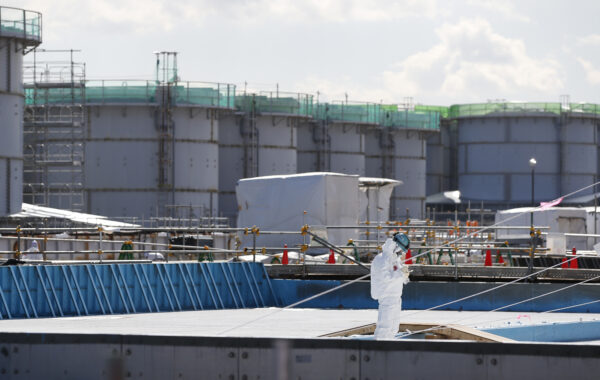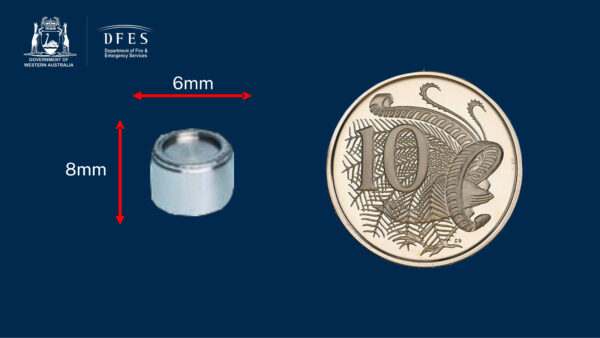from The Epoch Times:

The World Health Organization (WHO) on Jan. 27 released updated recommendations for countries and governments on how to acquire and manage a national stockpile of medical supplies to prevent or reduce exposure in the event of radiological and nuclear emergencies, or to treat injuries if exposure has occurred.
Maria Neira, head of the WHO’s Public Health and Environment department, emphasized the importance of having “ready supplies” of crucial drugs developed over the past decade.
TRUTH LIVES on at https://sgtreport.tv/
“In radiation emergencies, people may be exposed to radiation at doses ranging from negligible to life-threatening. Governments need to make treatments available for those in need—fast,” Neira said in a statement.
It’s the first time the publication has been updated since 2007.
“This updated critical medicines list will be a vital preparedness and readiness tool for our partners to identify, procure, stockpile, and deliver effective countermeasures in a timely fashion to those at risk or exposed in these events,” said Dr. Mike Ryan, executive director of WHO’s health emergencies program.
The medicines listed in the publication for a national stockpile include only those specifically used today to treat human overexposure to radiation, according to the WHO. Other typical lists of medical supplies for stockpile would include generic supplies such as personal protective equipment (PPE), trauma kits, fluids, antibiotics, and painkillers.
The WHO says its data, prepared in annual reports, show that many countries are still unprepared for radiation emergencies.

Stockpile
The report focuses on which medicines should be stockpiled and how they should be stored and managed, as well as the role that different organizations can play in preparing for and responding to emergencies.
The WHO noted that a collection of medical supplies commonly found in a radiation emergency stockpile include stable iodine to protect the thyroid from radioactive iodine, chelating agents such as Prussian blue to remove radioactive cesium from the body, and decorporating agents such as calcium-/zinc-DTPA to treat internal contamination with transuranium radionuclides.
Additionally, there are also cytokines included to help reduce the damage to bone marrow in cases of acute radiation syndrome and other medicines to treat symptoms such as vomiting, diarrhea, and infections, according to the WHO.
The report discusses emerging treatments and medical countermeasures, such as studies identifying new cellular and molecular pathways and means of administrating drugs that may be exploited for novel treatments and new products for use during a radiation emergency.

Radiological and Nuclear Emergencies
According to the WHO, a radiological or nuclear emergency is a situation that negatively impacts human life, health, property, or the environment.
The report considers possible scenarios for radiological and nuclear emergencies, including accidents at nuclear power plants and nuclear warfare.
An accident at a nuclear power plant, medical or research facility, or accidents during the transport of radioactive materials are examples of accidental radiological and nuclear emergencies that could occur, according to the WHO.
They can involve a number of situations, such as nuclear power plant accidents such as Chernobyl and Fukushima. Situations can also involve accidental exposure to uncontrolled radiation sources, and accidentals while transporting radioactive materials.
One such incident occurred in Australia recently, when a small, solid capsule measuring 8 mm by 6 mm was thought to have fallen off a truck during transportation from a mine to Perth. The capsule is radioactive and can potentially cause severe skin burns and illness. It’s reported to emit a level of radiation equivalent to receiving 10 X-rays in one hour, at 2 millisieverts per hour.



